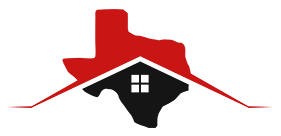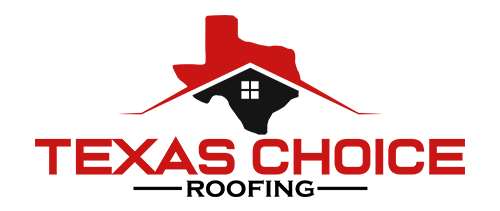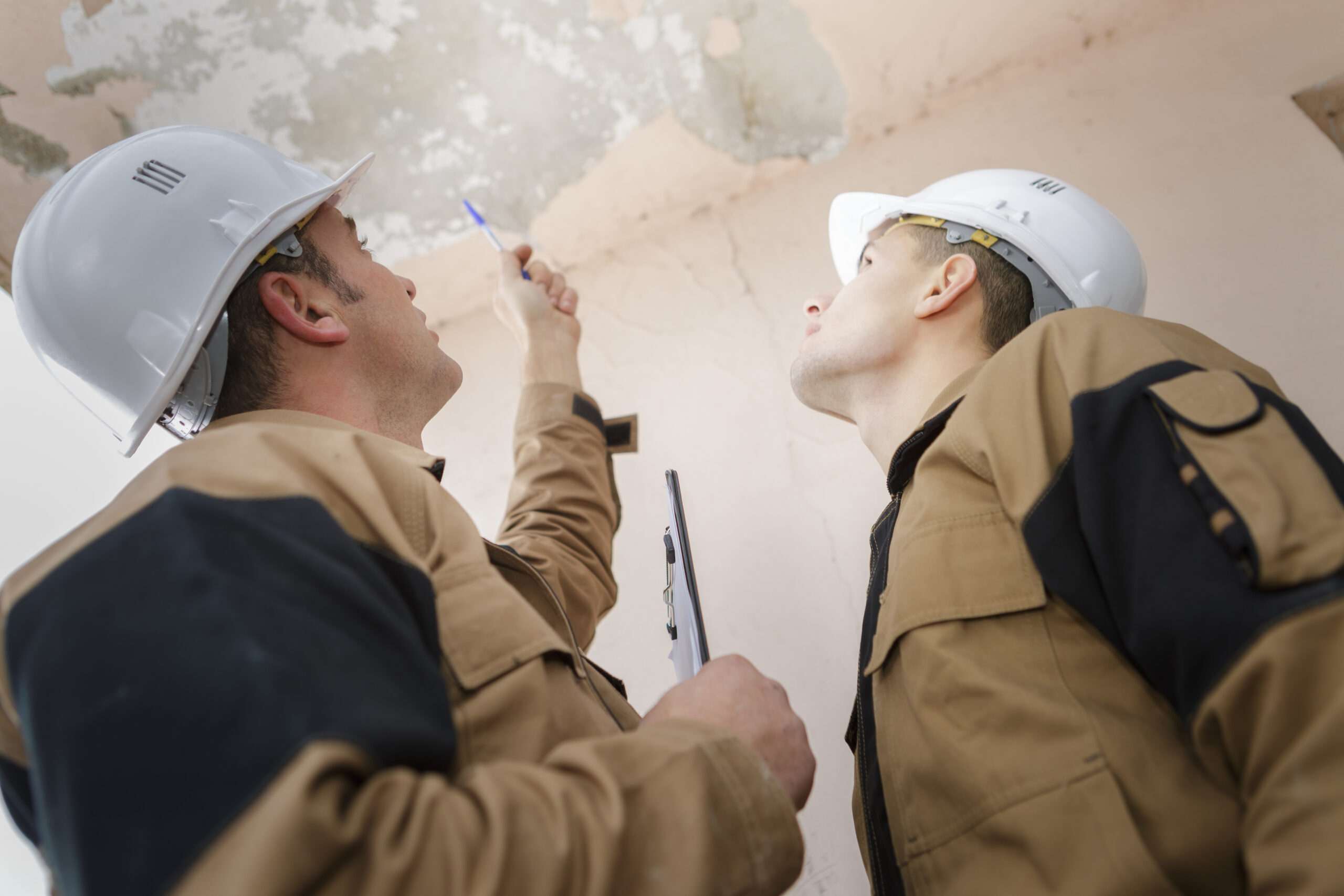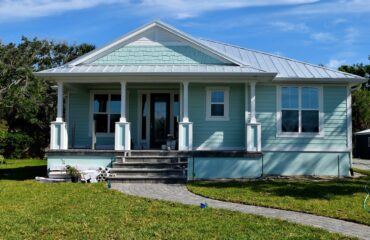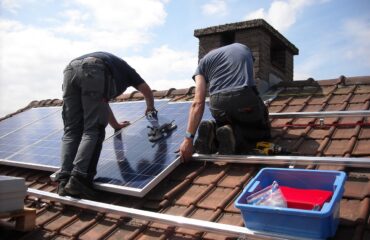Welcome to our guide on how a home roofing inspection works! As roofing experts, we are here to provide a thorough and knowledgeable overview of the process.
We’ll cover everything from preparing for the inspection to assessing roofing materials and components.
With our expertise, you’ll gain a detailed understanding of what to expect during a home roofing inspection. So, let’s dive in and explore the essential steps in ensuring your roof’s integrity.
Preparing for the Inspection
Before we begin the roofing inspection, we must ensure we have all the necessary tools and equipment.
Maintaining your roof is vital to ensure its longevity and optimal functionality.
During the inspection, it is vital to be thorough and knowledgeable about common roof problems.
We will need a ladder to access the roof safely and a flashlight to inspect the attic for any signs of leaks or water damage.
Additionally, we will require a tape measure to assess the roof’s dimensions and a camera to document any problem areas.
Having a notepad and pen to record our findings is also advisable. Prepared with the right tools, we can efficiently identify and address any issues with the roof, ensuring effective maintenance.
Exterior Roof Inspection
We will now move on to the exterior roof inspection to continue our inspection process.
Performing a comprehensive inspection is essential to evaluate the overall condition of the roof and identify areas requiring maintenance or repair.
We will carefully examine the roof surface for any signs of damage, such as missing or loose shingles, cracks, or leaks.
Additionally, we will inspect the flashing around chimneys, vents, and skylights to ensure a proper seal.
It is essential to check the gutters and downspouts for any debris accumulation or clogs that may impede water flow.
Conducting a comprehensive exterior roof inspection allows prompt identification and addressing of issues, preventing further damage and costly repairs.
Interior Roof Inspection
Once we have completed the exterior roof inspection, we will move on to the interior roof inspection to thoroughly assess the roof’s condition inside the home.
An internal inspection is as crucial as the exterior one, revealing potential issues not visible from outside, ensuring a comprehensive roof assessment.
During the interior roof inspection, we will check for signs of water damage, such as stains or discoloration on the ceiling or walls.
We will also examine the attic for any signs of leaks or moisture buildup. Additionally, we will inspect the insulation and ventilation to ensure they are in good condition.
By conducting a thorough interior roof inspection, we can identify and address any roofing maintenance needs or common roof problems before they become significant issues.
Assessing Roofing Materials and Components
Let’s look closer at the roofing materials and components as we continue our inspection. Evaluating the durability of the materials is crucial in determining the roof’s overall condition.
We assess the quality of the shingles, tiles, or other materials used for covering the roof.
We search for signs of wear and tear, such as cracked or missing shingles, curling, blistering, and granule loss, during our inspection.
Additionally, we analyze the maintenance of the roof components, including gutters, flashing, and vents.
Proper maintenance ensures the longevity and effectiveness of these elements. We check for any signs of damage or deterioration, such as rust, loose or damaged flashing, clogged gutters, or worn-out vents.
By thoroughly evaluating the durability and analyzing maintenance, we can provide homeowners with a comprehensive understanding of their roof’s condition.
Reporting and Recommendations
After thoroughly assessing the roofing materials and components, we report and make recommendations based on our findings.
Our goal is to provide homeowners with a comprehensive understanding of the condition of their roofs and any necessary repairs or maintenance that may be required.
When it comes to reporting, we believe in clear and concise communication.
We provide a detailed written report outlining the roof’s current state, highlighting any areas of concern or potential issues.
This report includes photographs and descriptions of any damage or deterioration we identified.
Based on our findings, we then make recommendations for roof repair or maintenance. Some types of roof repairs are covered by insurance so it is worth checking your insurance policy.
This could include replacing damaged shingles, fixing leaks, or addressing structural issues.
We prioritize these recommendations based on the severity of the problem and the potential impact on the roof’s overall integrity.
